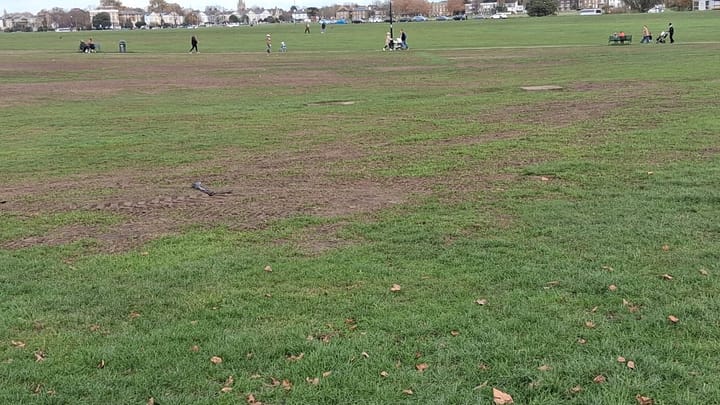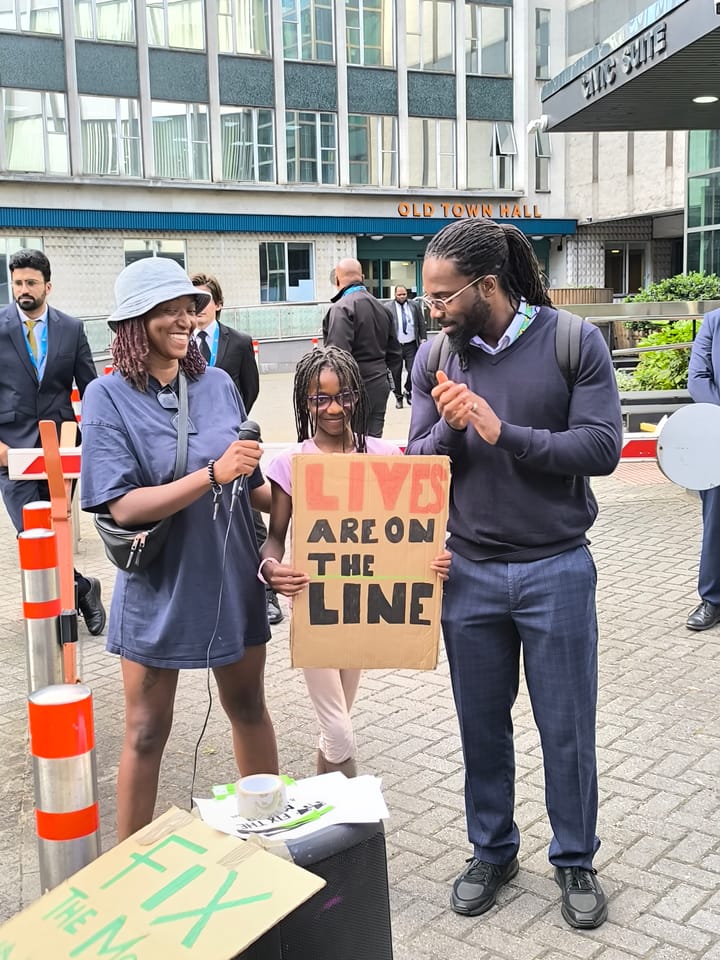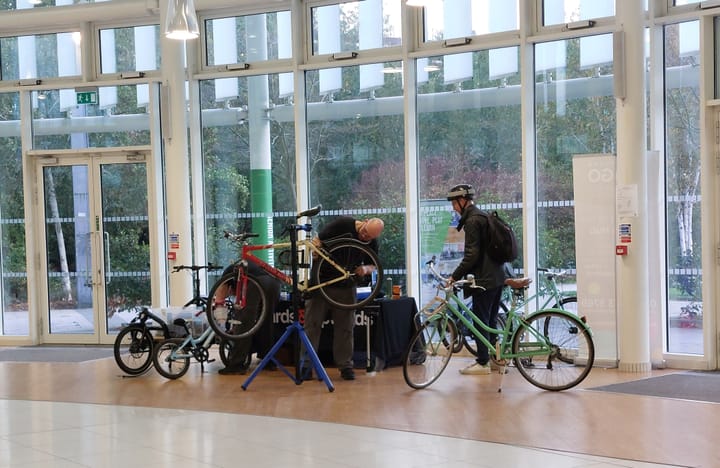Deptford High Street - safe and healthy streets don't cause gentrification, shortage of housing does
Deptford resident Tomilyn Rupert argues that gentrification is caused by restricting housing supply, not pedestrianisation, and local people deserve safer streets and cleaner air. If you really want to fight gentrification, then she suggests start by looking at land tax.
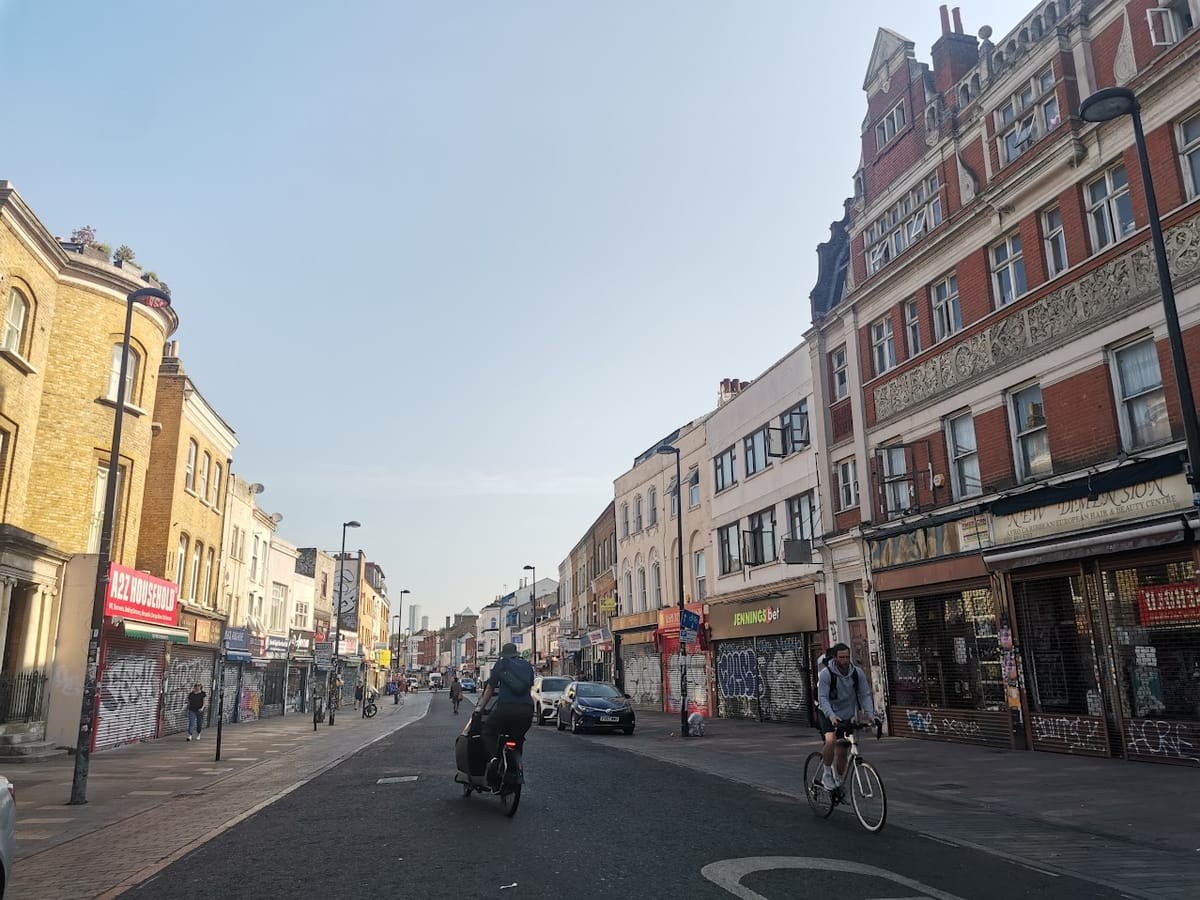
There’s been a flurry of protesting statements to the proposed changes to Deptford High Street, arguing that the council’s vision for 7 or 8 hours a day without cars and additional trees and bike racks is going to result in an exodus of traders and affordable rent for the very people who make Deptford the great creative hub it is.
I empathise, it’s scary in this very squeezed economy to think any changes could push you out of a neighbourhood you love. But pushing back on changes that will increase the health, safety, and liveability of the community who are already there isn’t the answer: pushing back on empty plots of land the council owns and doesn’t develop is.
Lewisham has an air quality problem, and cars are a primary culprit. Being exposed to air pollution can result in the loss of life, as we’ve sadly already seen in Lewisham. If it isn’t the pollution they emit, it’s the cars themselves: road traffic injuries are the leading cause of death globally.
I’ve personally had to dodge cars doing quick turns and speeding down the street, and I'm always very wary when crossing it on my cycle. A pedestrianised Deptford High Street, even if for only 8 hours a day, would make our neighbourhood safer for everyone.
I want to live in a place where a kid can cross the road to the library without fear.
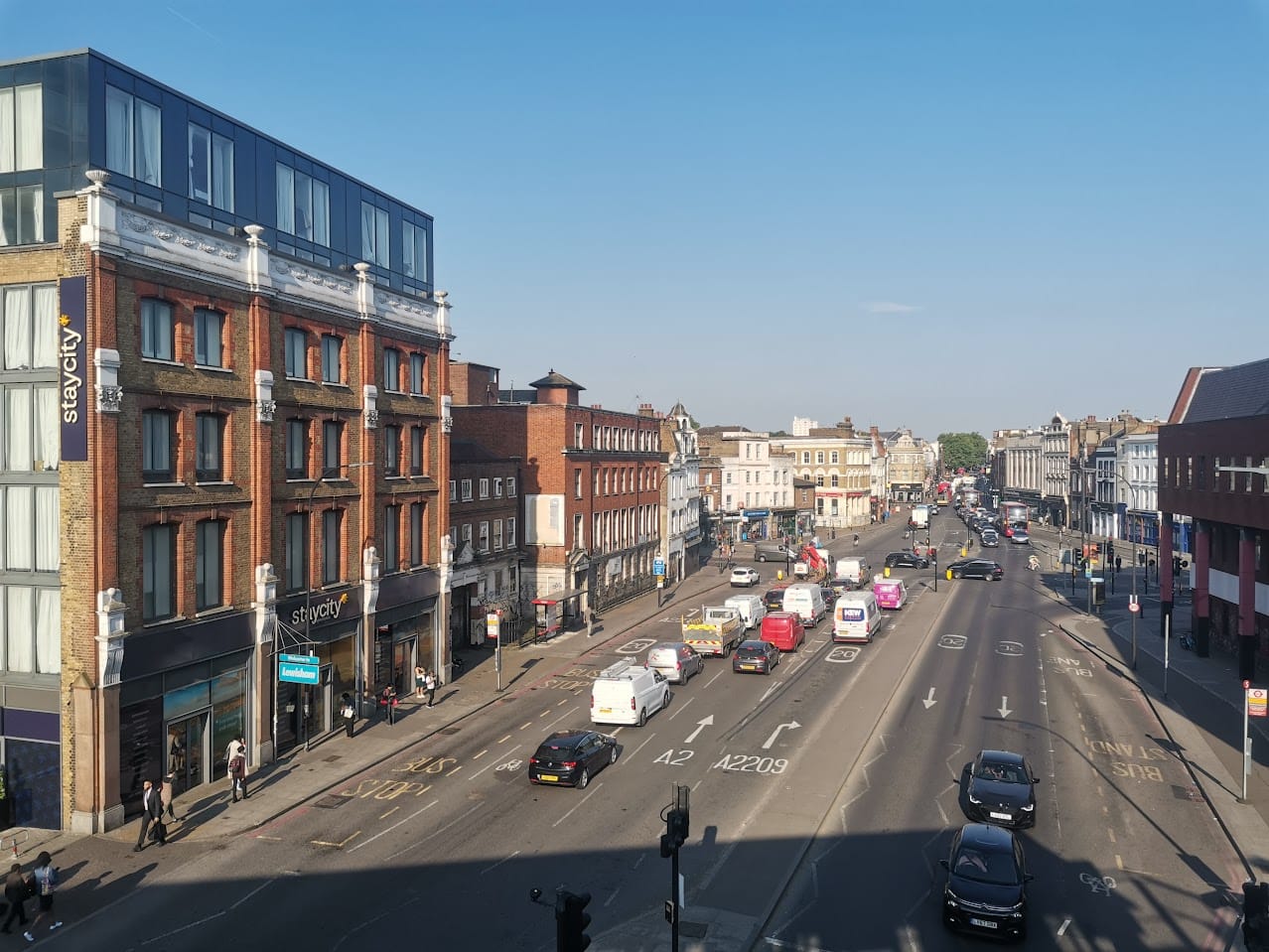
The benefits of pedestrianised spaces are numerous and go beyond health and safety - these spaces strengthen communities. More activities like the market, Little Amal, or Jack in the Green can take place.
Ask someone their favourite thing about Deptford, and it could be the variety of market stalls, playing football on the roof of Deptford Lounge, getting to catch a show at the Albany, or taking a picnic in one of the parks. No one’s answer will be having to duck out of the way of cars.
The main argument I’ve seen made against the transformation of the street is the spectre of gentrification. The argument seems to go, if Deptford becomes a nicer place to live, then it will become a pricier place to live.
Data shows that rents are rising all across the capital, pushing many of the people that make London great out of London.
But study after study has shown that that the key to bringing down rents is not to make places worse to live, but to build more housing. Yet in Lewisham, the opposite is occurring. Housing demolished two decades ago at Besson Street is now a vacant, council owned, site without a digger in sight, despite new homes being approved despite new homes being approved five years ago.
New homes get scaled back to protect views, over providing places for people to live. Plans to increase housing face councillors with limited levers to pull to increase council homes within. Convoys Wharf has been vacant since 1998, despite permission for over three thousand homes.

The other, linked, concern raised by opponents to the scheme has been the impact on local businesses through delivery restrictions. Lewisham Council altered the design from the 2024 proposal to reduce hours of pedestrianisation, to address this concern. They’ve also identified loading bays on nearby streets to mitigate the difficultly if a delivery arrives during pedestrian hours.
If we want to seriously fight gentrification - and we should - then holding developers to account by enacting a greater land value tax and funding the councils to build new council housing is the way to do it.
Not protesting actions to make our streets safer and healthier and our communities even more vibrant. The consultation Have Your Say closes at midnight on the 13th of May, I hope you'll add your voice in support.
Tomilyn Rupert moved to south east London five months after immigrating to the UK and never looked back. She co-founded the Amersham Gyratory Action Group in 2023 to try to improve street safety at the most dangerous intersection in New Cross.

